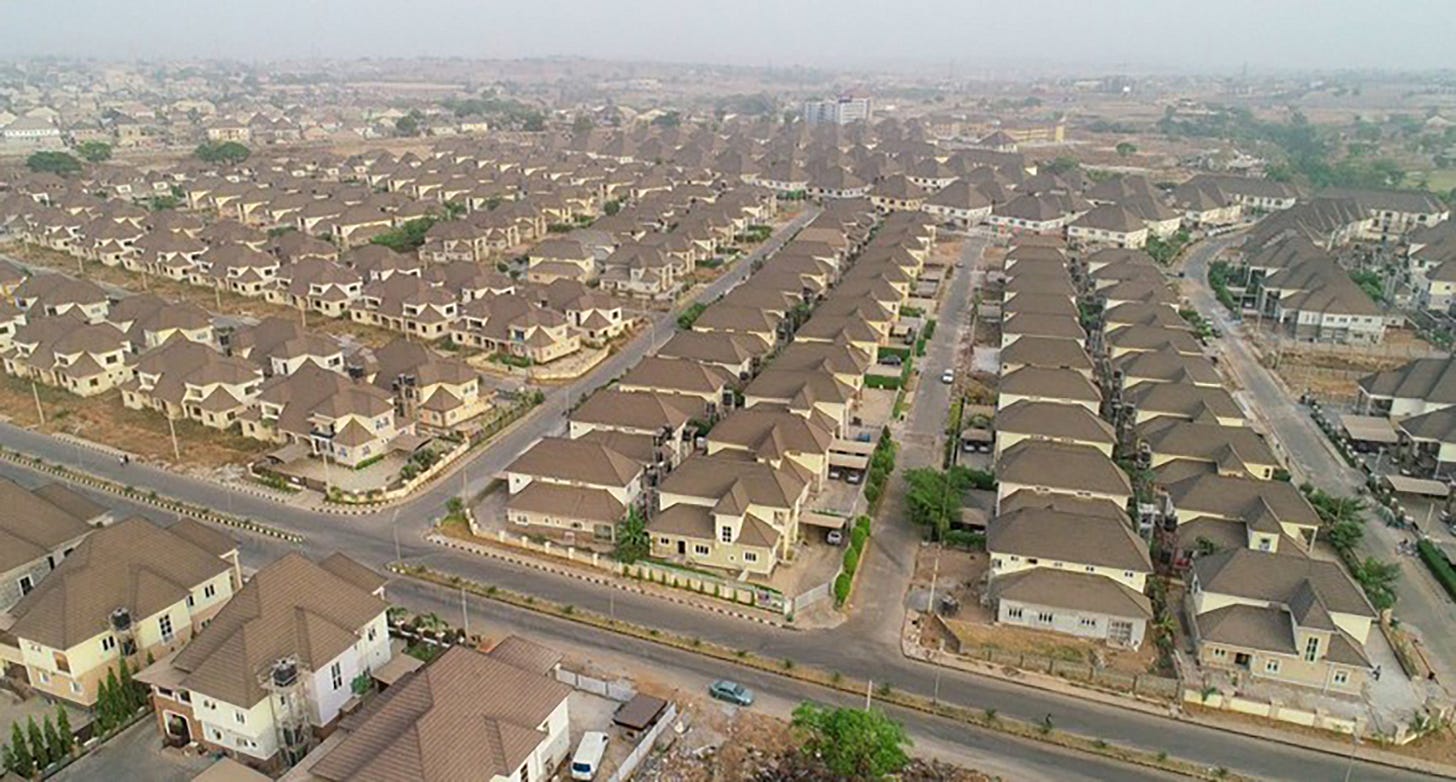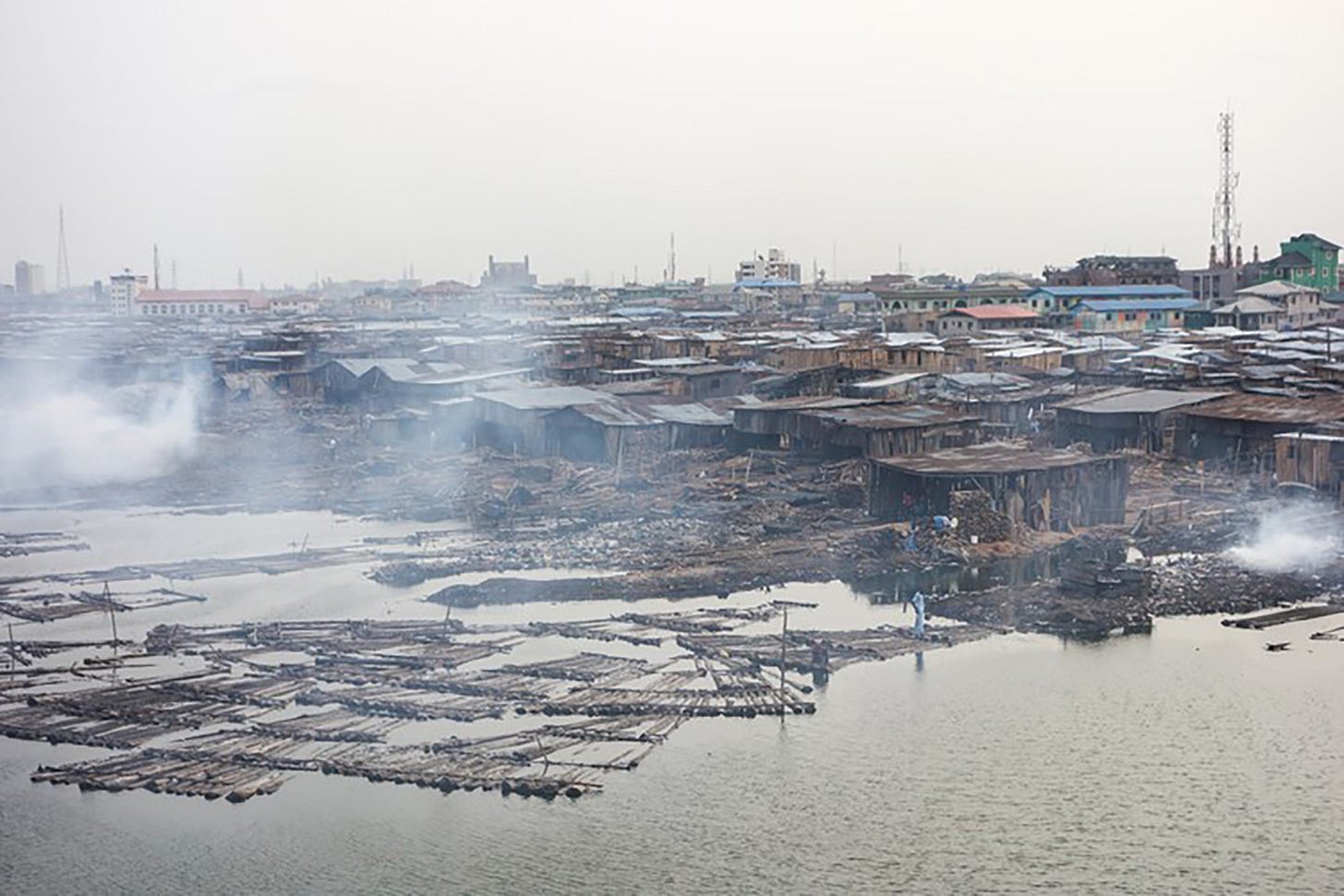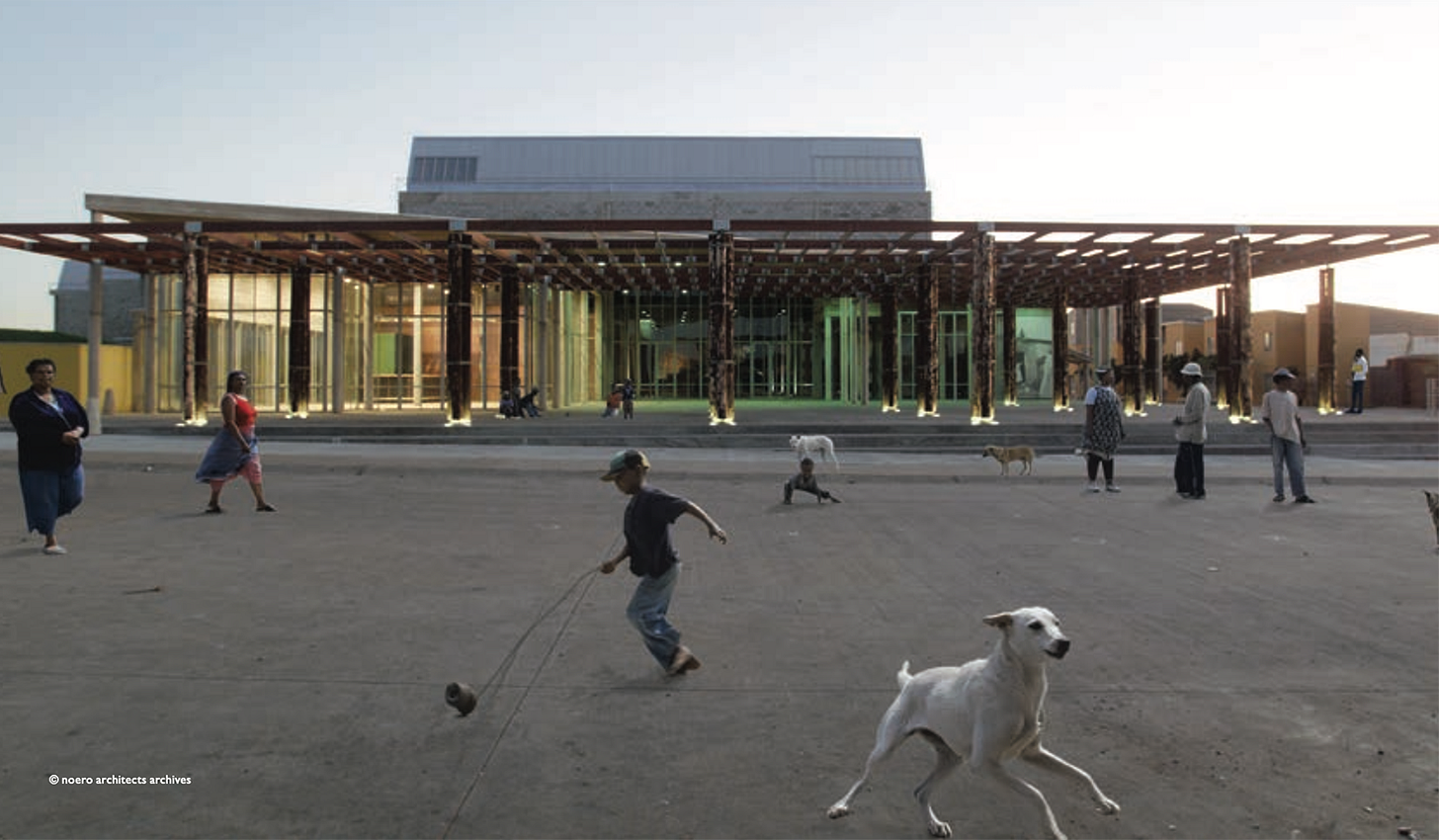According to UN forecasts, the population of Africa (which currently has about 1 billion inhabitants) is expected to double in 2050 and quadruple by the end of the century.
The megalopolises continue to grow, relentlessly, inspired by the values of modernity and progress and faithful to Euro-Asian forms, careless of African urban culture. This disconnection exists because of the idea that, before European colonialism, there were no cities in Africa, despite the fact that Western adventurers of the seventeenth century recorded that:
The city is rich and industrious. It is so well governed that theft is unknown and people live in such security that they have no doors to their homes.
Lourenço Pinto, Benin City - 1691
Three hundred years later, in 1977, in the book "African Cities and Towns Before the European Conquest", Richard W. Hull speaks of the African city, describing a very peculiar pre-colonial urbanism, based on UBUNTU, the native ideology of communality. Ubuntu in Bantu means: "I am what I am because of who we all are", an idea that includes values that are common to all African peoples and which, according to the philosopher Augustine Shutte, "finds in the city its most powerful means of expression".
Africa
29th of March 2022
reading time: 6’ 40’’
Hull describes African cities as "living and socially conscious organisms, capable of spreading the cultural heritage of the ethnic groups that inhabited them because they were built according to a spatial organization consistent with traditional tribal values"; in pre-colonial African cities spaces of sharing prevail and the permeability between public and private space is a source of security. Characteristics that are unrelated to contemporary urban planning interventions that impose a uniform building typology, with rigid spatial layouts and fences between buildings.
Communion and solidarity continue to be the core values of informal settlements (slums), where people live in close proximity and members of each community give more value to common interests than to personal ones. While in the city planned from above, Western individualism dominates and there are social problems such as the increase in urban crime and poor hygiene, symptomatic of a dissatisfaction of the inhabitants who find no reference to their authentic cultural values in the city. Moreover, there’s the legacy of aparthaid which has contributed to a social, spatial and cultural fragmentation that is difficult to heal.
We wonder about any alternatives and we ask ourselves whether these new cities can be built in other ways. Luckily, a new generation of African urban planners and architects (figures that, until recently, were difficult to imagine in a context that denied education to indigenous peoples) are emerging, and they are redeeming their culture through a revival of the philosophy of architecture and the African city. Let’s examine some of them.
MASS Design Group (Rwanda)
Founded by Christian Benimana, director of the African Design Centre, the MASS is an educational program aimed at training the new generation of African architects according to the Lo-fab method, as in "locally-fabbricated", an approach focused on the specificity of local contexts and on the centrality of community involvement, using local materials and construction techniques. MASS wants to become the manifesto of an exemplary contemporary architecture rooted in the specificity of a place and centred on the person.
Bauhaus Experimental Buildings
Since 2012, Bauhaus Weimar and the Ethiopian Institute of Architecture have been organizing educational and design courses that involve students in the development of low-cost and low-impact housing units, called the "SECO" Sustainable Emerging City Unit. These are cheap prefabricated buildings, made with local materials and assembled with the use of local labor; they are lightweight, self-constructing housing units and also suitable for very dense contexts, such as slums.
CMAP (Collaborative Media Advocacy Platform)
Founded by Nigerian Michael Ewemedimo, it is an ecosystem of media tools - petitions, radio and community planning - that gives voice to the informal communities of Port Harcourt, Nigeria, ignored and threatened by urban development. The project shows how much the media can contribute to building communities and protecting their sense of belonging, communion and brotherhood, actively contributing to the making the cities.
Nlé
The key themes that guide the design practice of this studio are humanity and the environment. According to the founder, architect Kunlé Adeyemi, urbanization is the way in which we are able to cultivate the human environment, and saving the planet means questioning the way we live and understanding how to live with the environment. The studio is known for the Makoko FLoating System (MFS), a system of floating housing units, made of wood and steel, which can be assembled with hand tools. Starting from the first city on the water in the suburbs of Lagos, the MFS is now a model exported all over the world.
The studio, based in Cape Town, South Africa, is known for taking up the challenge of “rebuilding architecture” after the end of apartheid in 1994. The founder, Jo Noero, supports the social value of architecture and its power to transform the life of cities and people: this power resides in the ability to weave daily practices and spaces. One of the most famous projects is the museum in Red Location (the first black township of Port Elizabeth, a place of struggle during the years of Apartheid) dedicated precisely to the struggle in South Africa that was designed in collaboration with the inhabitants, considered active participants and not mere consumers or visitors (we will talk about it in detail in the next postcard).
The emerging of future-oriented African ethics (and aesthetics) shows a contemporary Africa that is ready to redeem the deeper meaning of the ancient UBUNTU principle, which is giving life to a kind of architecture that goes beyond the building, which becomes a tool with an broad and healing social impact, and which has the duty to bring beauty and quality of life, through the involvement of the community and respect for traditions.
Ravi Naidoo of Design Indaba recently said:
there is a palpable tension, we are building a great pan-African platform capable of promoting creativity and converting inspiration into action!
Has the time come for us to be permeated with this African creative energy?
PS: What better occasion than this to pay tribute to Diébédo Francis Kéré, architect of Burkina Faso, Berliner by adoption, Pritzker Prize 2022.
If you’ve read this far… THANK YOU!
If you liked this post, why not share it?
and if you have any comments or suggestions, write us!
See you for the next Postcard!











